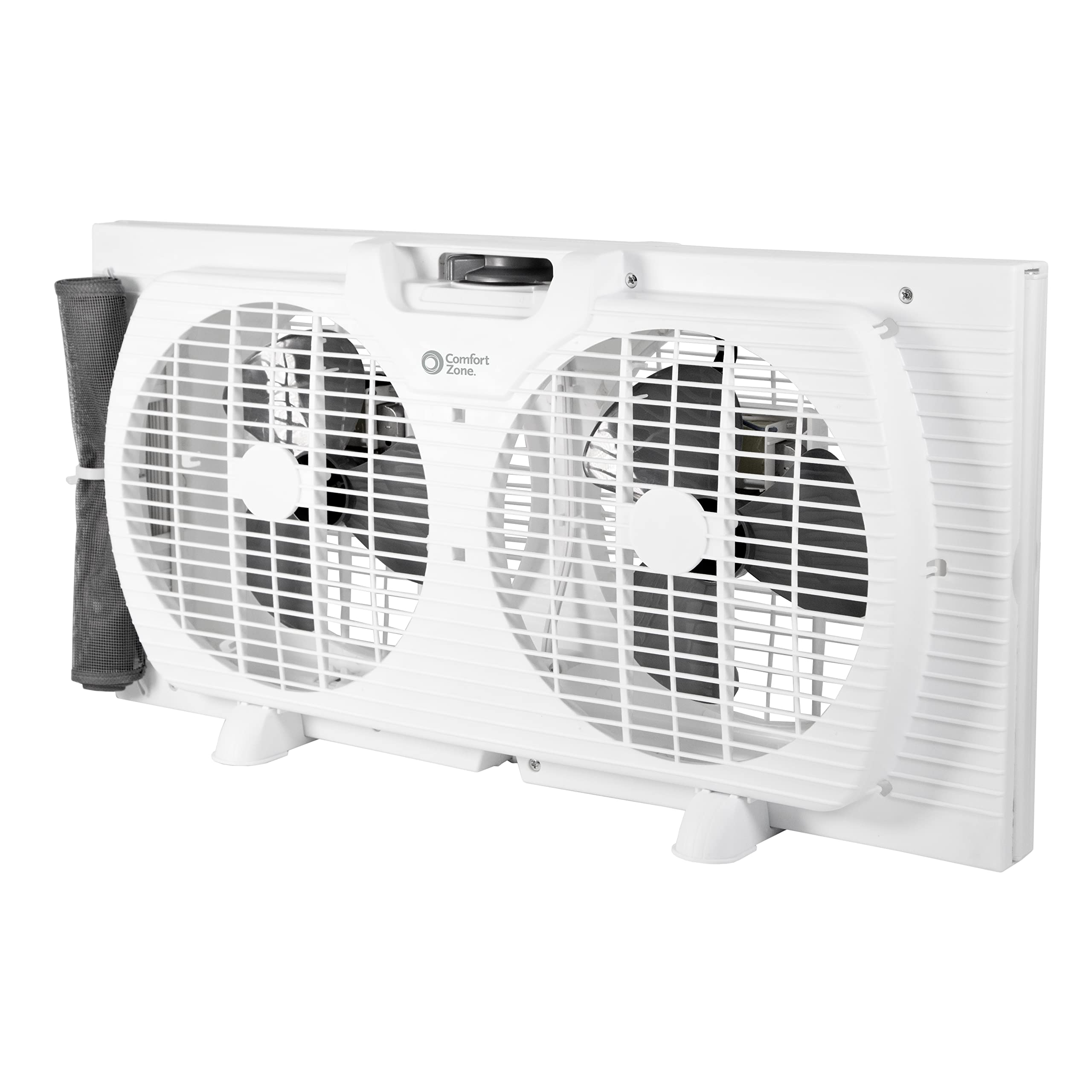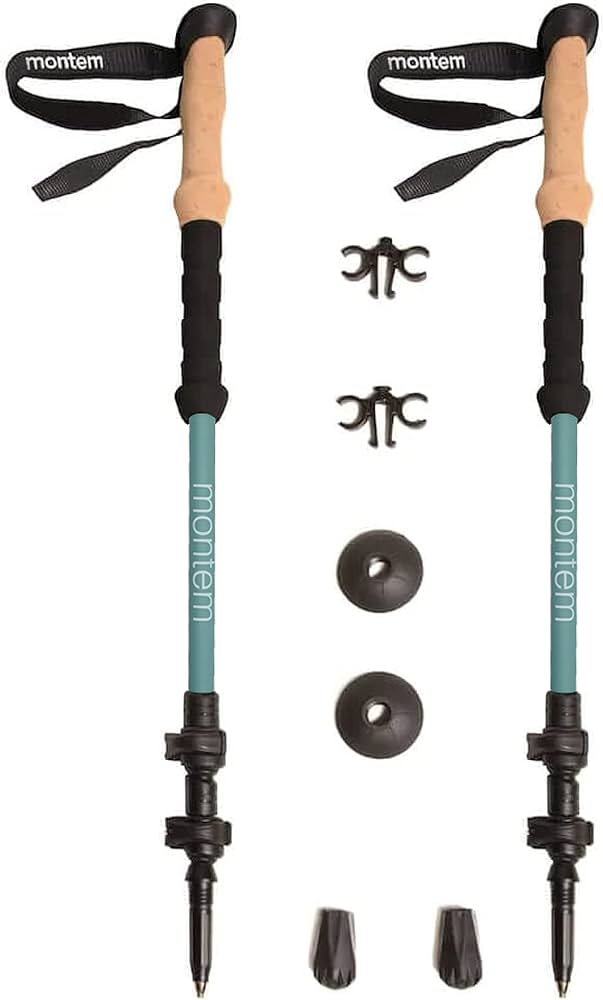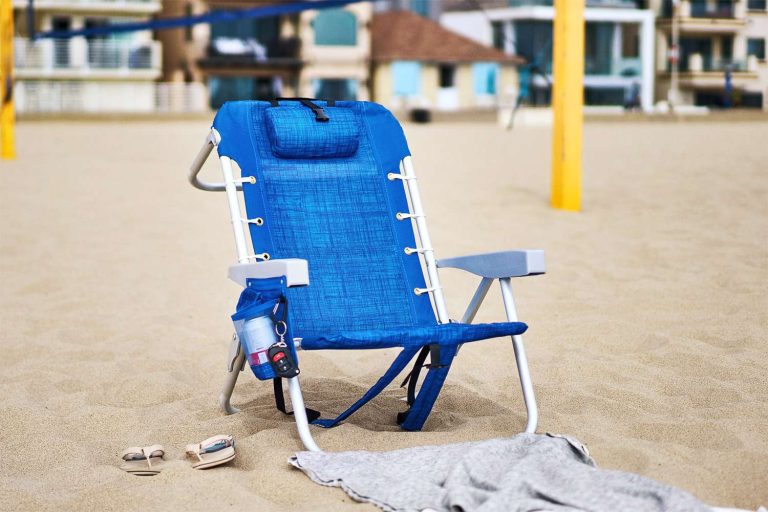9 Best PC Case Fans: Top Picks for Airflow, Noise Control, and Aesthetics
When building or upgrading your PC, the importance of a good case fan can’t be overstated. Not only do they keep your system cool, but they also ensure your components run efficiently, extending their lifespan. With so many options on the market, finding the right fan can feel overwhelming.
You’re in luck! We’ve compiled a list of the 9 best PC case fans to help you make an informed decision. Whether you’re looking for maximum airflow, minimal noise, or striking aesthetics, there’s something here for every type of user. Dive in to discover the perfect fan for your setup.
Types of PC Case Fans
Understanding the different types of PC case fans can help you choose the best option for your build. Each type offers unique benefits depending on your needs.
Airflow vs. Static Pressure Fans
Airflow fans are designed to move large volumes of air through your case, making them ideal for general cooling in low-restriction areas like the rear or top of your case. They usually have larger blades and spin faster.
Static pressure fans excel in pushing air through restrictive spaces, such as radiators or densely packed components. They are perfect for cooling systems with dust filters and tight spaces.
RGB and LED Fans: Aesthetic and Functionality
RGB and LED fans don’t just cool your PC; they also add visual flair to your setup. RGB fans offer customizable colors and patterns, enhancing your PC’s aesthetic.
LED fans provide a constant color for those who want straightforward lighting. Both types often come with software or remote controls for easy adjustments, combining aesthetics with functionality.
Size Variations and Their Uses
PC case fans come in different sizes, typically ranging from 80mm to 200mm. Smaller fans (80mm-120mm) fit compact cases and areas requiring precise airflow. Medium-sized fans (140mm-160mm) balance space-saving and airflow efficiency.
Larger fans (180mm-200mm) move more air at lower speeds, reducing noise while maintaining cooling performance. Select a fan size based on your case dimensions and cooling needs.
Review Criteria for PC Case Fans
Understanding the critical aspects of PC case fans helps you make the best choice for your build. Below are key criteria to evaluate.
Noise Level
Ensuring low noise levels is crucial for a pleasant computing experience. Look for fans rated at fewer than 30 decibels (dB) to maintain a quiet environment. Many fans come with rubber mounting pads to reduce vibrations.
Airflow Efficiency
Prioritizing airflow efficiency means better cooling performance. Check the fan’s CFM (cubic feet per minute) rating; higher values indicate more effective air movement. Aim for fans with a CFM rating of at least 50 for optimal cooling.
Durability and Build Quality
Opting for durable and well-built fans ensures longevity. Look for fans with high-quality bearings, such as fluid dynamic or double ball bearings, which offer longer lifespans. The material used, like thick plastic or reinforced frames, also impacts overall durability.
Top 3 Budget-Friendly PC Case Fans
When you’re on a budget, finding quality PC case fans that don’t compromise on performance is essential. Here are three top-notch options for you to consider:
Model 1: Features and Benefits
Cooler Master SickleFlow 120
Offers impressive airflow at 62 CFM, ensuring effective cooling. Features rifle bearings for durability and quiet operation below 27 decibels. Includes RGB lighting for a stylish look, perfect for those who want aesthetics on a budget.
Model 2: Features and Benefits
ARCTIC F12
Delivers outstanding performance with an airflow rate of 53 CFM. Utilizes fluid dynamic bearings to provide long lifespan and silent performance, under 25 decibels. Cost-effective, making it ideal if you’re looking for dependable cooling without spending much.
Model 3: Features and Benefits
Noctua NF-P12 redux-1700 PWM
Excels with 1200 RPM, maintaining a low noise level of 25 decibels. Boasts superior pressure and airflow balance, crucial for both case and cooler. Known for reliability due to high-quality SSO bearings and excellent build quality, worth every penny.
Top 3 Mid-Range PC Case Fans
These mid-range PC case fans offer a balance of performance, aesthetics, and value. They’re perfect for enhancing your PC’s cooling system without breaking the bank.
Model 4: Features and Benefits
The Corsair ML120 Pro delivers impressive cooling with its magnetic levitation bearing technology. You get 75 CFM airflow, ensuring efficient heat dissipation. PWM control lets you adjust the fan speed between 400 and 2400 RPM for quiet operation. This model also boasts a sleek design, perfect for minimalist PC builds.
Model 5: Features and Benefits
The be quiet! Silent Wings 3 140mm combines silence and performance, making it a top choice. With a max airflow of 59.5 CFM and advanced fluid-dynamic bearings, you’ll enjoy nearly silent operation. The fan blades are optimized for high air pressure, suited for tightly packed systems. The rubberized frame reduces vibration, adding to the quietness.
Model 6: Features and Benefits
The Thermaltake Riing Plus 12 RGB features customizable RGB lighting, excellent for gaming rigs. It offers 48.34 CFM airflow and hydraulic bearings for durability. You’ll appreciate its low noise levels, thanks to the anti-vibration mounting system. With PWM control, you can fine-tune the performance and aesthetics to match your build.
Top 3 High-End PC Case Fans
When it comes to high-end PC case fans, performance and advanced technology take center stage. Here’s a rundown of the top options available.
Model 7: Noctua NF-A12x25 PWM – Features and Benefits
The Noctua NF-A12x25 PWM excels in cooling efficiency. Its aerodynamic design and Sterrox liquid-crystal polymer material reduce vibration and enhance stability. With a maximum speed of 2000 RPM, it moves a substantial volume of air while staying remarkably quiet. The fan also includes PWM support, so you can precisely control the fan speed for optimal performance.
Model 8: Corsair LL120 RGB – Features and Benefits
The Corsair LL120 RGB stands out with its brilliant illumination and efficient cooling. Each fan has 16 independent RGB LEDs across two separate light loops, offering virtually unlimited customization. With a maximum RPM of 2200, the LL120 provides robust airflow. It includes PWM control and a Corsair Lighting Node PRO for seamless integration with the iCUE software, making it perfect for high-end builds that don’t compromise on aesthetics.
Model 9: Thermaltake Toughfan 12 Turbo – Features and Benefits
The Thermaltake Toughfan 12 Turbo is built to perform in the most demanding conditions. It features a second-generation hydraulic bearing for long-term reliability and minimal noise. Operating at speeds up to 2500 RPM, it pushes significant amounts of air and is designed to handle high static pressure environments. Its reinforced metal motor hub and effective noise-reduction technology make it an outstanding choice for both performance and durability.
These high-end PC case fans offer advanced features that cater to both performance enthusiasts and those who appreciate visual flair.
Installation Tips for PC Case Fans
Optimizing your PC’s cooling system with new case fans can enhance performance. Follow these guidelines for a smooth installation.
Step-by-Step Installation Guide
- Gather Necessary Tools: Ensure you have a screwdriver, screws provided with the fan, and anti-vibration mounts if included.
- Turn Off and Unplug Your PC: Safety first. Disconnect your PC from the power source to avoid electric hazards.
- Open the Case: Remove the side panel of your PC case, typically secured by screws at the back.
- Plan Fan Placement: Determine intake and exhaust points. Intake fans usually go at the front and bottom, while exhaust fans are placed at the rear and top.
- Attach the Fans: Align the fan with the mounting holes, ensuring the airflow direction is correct, and secure it with screws.
- Connect Fan Cables: Plug the fan’s power connector into the motherboard or fan controller. Use headers labeled “SYS_FAN” or “CHA_FAN.”
- Manage Cables: Tidy up loose cables using zip ties or Velcro straps to prevent obstruction and improve airflow.
- Close the Case: Reattach the side panel and secure it with screws.
- Fan Noise: If your fan is noisy, check for loose screws or improper mounting. Anti-vibration mounts can help reduce noise.
- Fan Not Spinning: Ensure the power connector is properly attached. Verify that the motherboard header is functioning by testing it with another fan.
- Inadequate Cooling: Check that your fans are properly oriented for optimal airflow. Intake fans should bring in cool air; exhaust fans should push out hot air.
- Motherboard Not Detecting Fans: Update your BIOS or check the BIOS settings to ensure fans are enabled. Sometimes, a firmware update resolves detection issues.
By following these tips, you ensure your PC remains cool and performs at its best.
Frequently Asked Questions About PC Case Fans
Choosing the right PC case fans can be a daunting task, but it doesn’t have to be. Here are some commonly asked questions to guide you.
Choosing the Right Size and Type
Identifying the right size and type of PC case fan depends on your case and cooling requirements. Standard fan sizes include 120mm, 140mm, and 200mm. Measure your case’s fan mounts to ensure compatibility.
Opt for PWM (Pulse Width Modulation) fans for dynamic speed control, which balances temperature and noise levels efficiently. A high-static pressure fan is ideal for radiators, while high-airflow fans work best in open areas of the case.
Managing Fan Noise
Reducing fan noise involves several strategies. Use rubber mounts or pads to minimize vibrations. Adjust fan speeds using BIOS settings or software like SpeedFan. Select fans with high-quality bearings, such as fluid dynamic bearings, for quieter operation. Regularly clean the fan blades to prevent noise from dust buildup.
Conclusion: Enhancing Your PC’s Performance With the Right Fans
Choosing the best PC case fans can significantly impact your system’s performance and longevity. Whether you’re aiming for optimal airflow, minimal noise, or a balance of both, the right fan can make all the difference. Investing in quality fans tailored to your specific needs ensures your PC remains cool and operates efficiently.
Don’t overlook the importance of proper installation and maintenance. Effective cable management and regular cleaning can prevent potential issues and prolong the life of your fans. By selecting fans that match your case and cooling requirements, you can create a system that’s both powerful and quiet.






